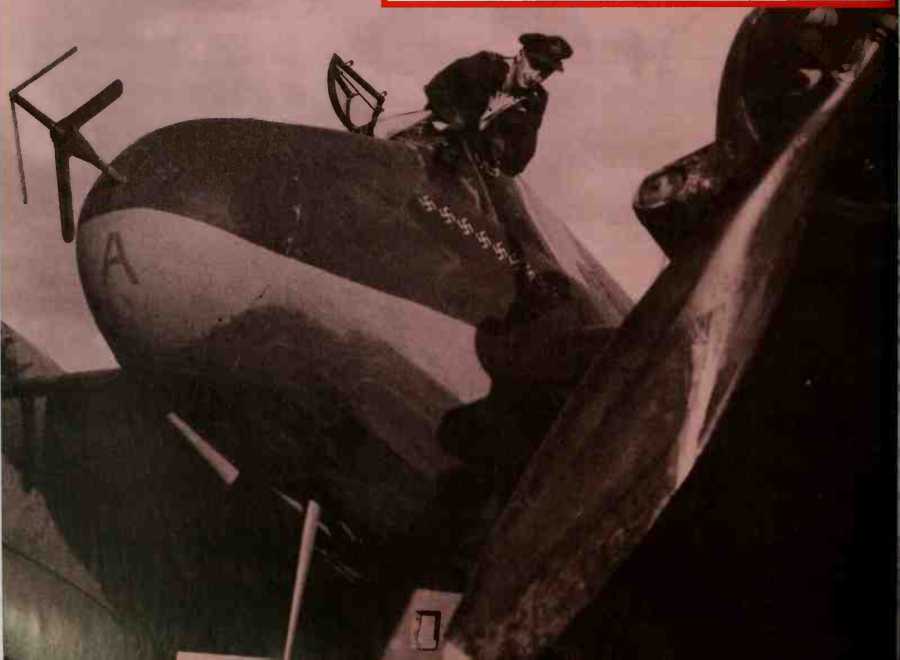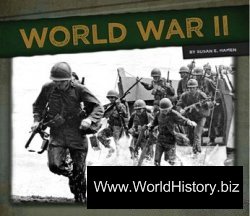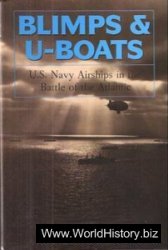Ripe for exploitation, bursting with potential, the aeroplane came of age during World War II. It could never win battles alone. But the aircraft of those troubled years undeniably made the difference between triumph and wholesale military failure. While they would never replace ground troops, they did succeed in making giant battleships obsolete and changed the face of modern conflict.

Incredibly, following World War I, British politicians, including eminent figures like Prime Minister , Stanley Baldwin, were all for scrap-¦ ping military ‘wings’. French marshal I Ferdinand Foch summed up the : prevailing attitude when he said: ‘Aviation is good sport but for the army it is useless.’
It was only the vociferous campaigning of Lord Hugh Trench a rd, Marshal of the Royal Air Force during the 1920s, that kept the RAF in business. It was the same story across the Atlantic where sceptics failed to see a future in flight. William Mitchell, assistant chief of the US Army Air Service, faced similar negative reactions against the budding force. He managed to silence some of the critics with trial bombardments between 1921 and 1923 which sank six warships. Still, jealousies levied in America by the existing well-established branches of the military mirrored those in Britain.
These were people who failed to read the writing on the wall. German air attacks by Zeppelins and aircraft in south east England during World War I claimed 1,413 lives - paltry by comparison with the casualties on the Western front but sufficient to bring he war home to people in Britain. In eply, the British fliers killed 746 Germans in a total of 242 raids.
There was a school of thought x-hich predicted dire consequences or Britain if it was the victim of a roncerted air attack during the
.eft: A pilot hauls himself from the ockpit of his Beaufighter, this one quipped with radar. light: An Italian Macchl aircraft.
1920s. But its voice was ignored by those who funnelled their thinking and their actions towards peace following the ‘war to end all wars’.
Only when fighting broke out between China and Japan in 1931 and parts of Shanghai were reduced to rubble by Japanese bombers did air power come back on to the agenda.
Still, the British government at the lengthy international disarmament conference of 1931 urged that military and naval air forces be abolished. The conference ended inconclusively - but not until 1934, by which time Britain was substantially behind in the rearmament race. Italy had begun to build up its military, and Germany, now led by Hitler, was doing the same despite limitations still in force from the Treaty of Versailles.
Then it was left to the people who flew for thrills to ntake the running in air technology between the wars.
Racing became the pursuit of playboys, which not only earned them accolades and acclaim but won the infant industry some valuable knowledge. For example, the British Supermarine S.6 racing plane - which was a winner of the prestigious
Schneider Cup - was transformed into the Spitfire fighter. In Germany, the Messerschmitt 109 set a speed record of almost 470 miles per hour in 1939 and went on to father some of the Reich’s most effective planes.
Although flying speed increased, the overall performance of many aircraft did not, on account of the lack of fuel capacity. New faster-than-ever trips were inhibited by tbe number of stops necessary for refuelling. Greater capacity was needed to increase their range.




 World History
World History









